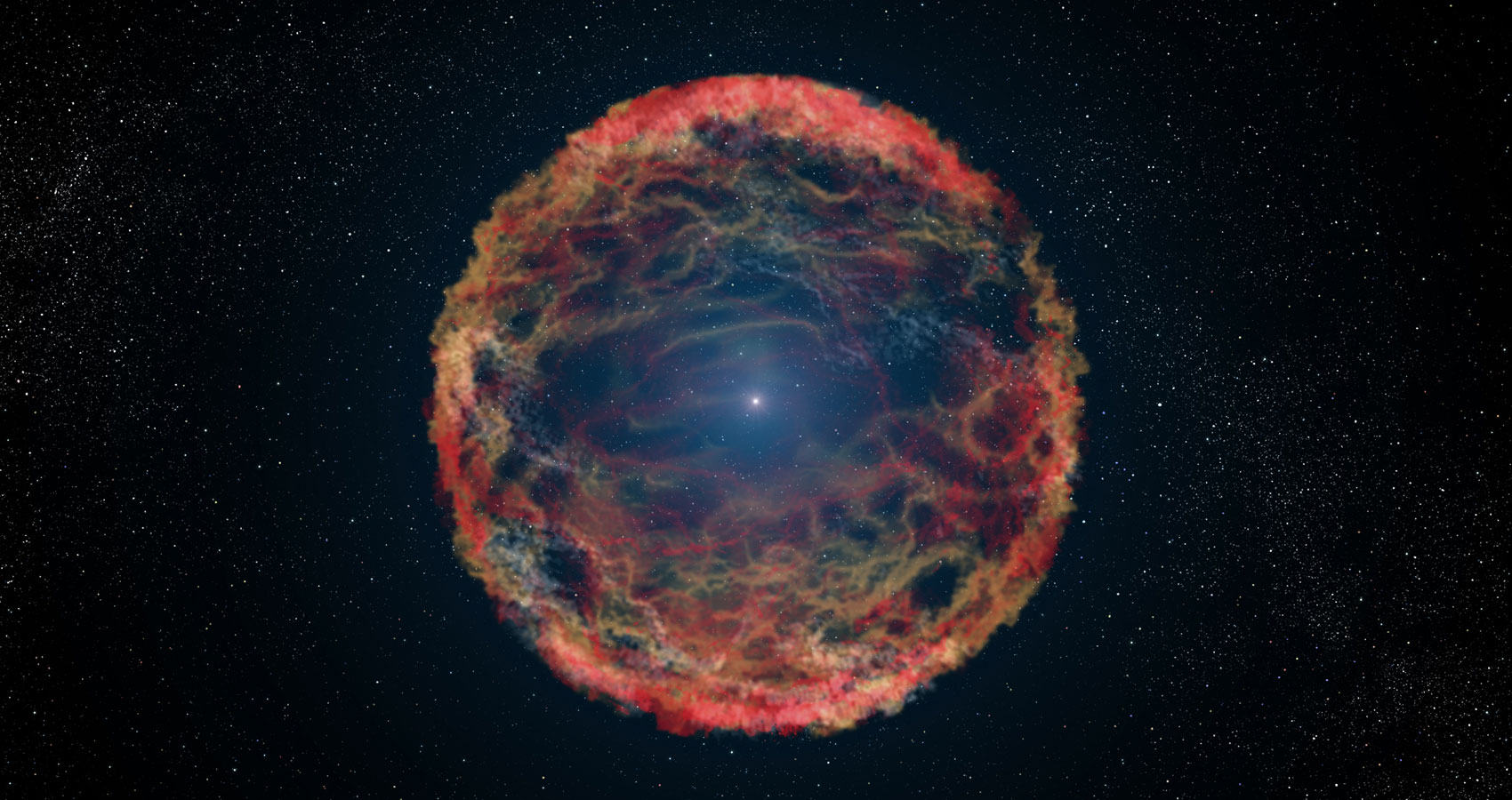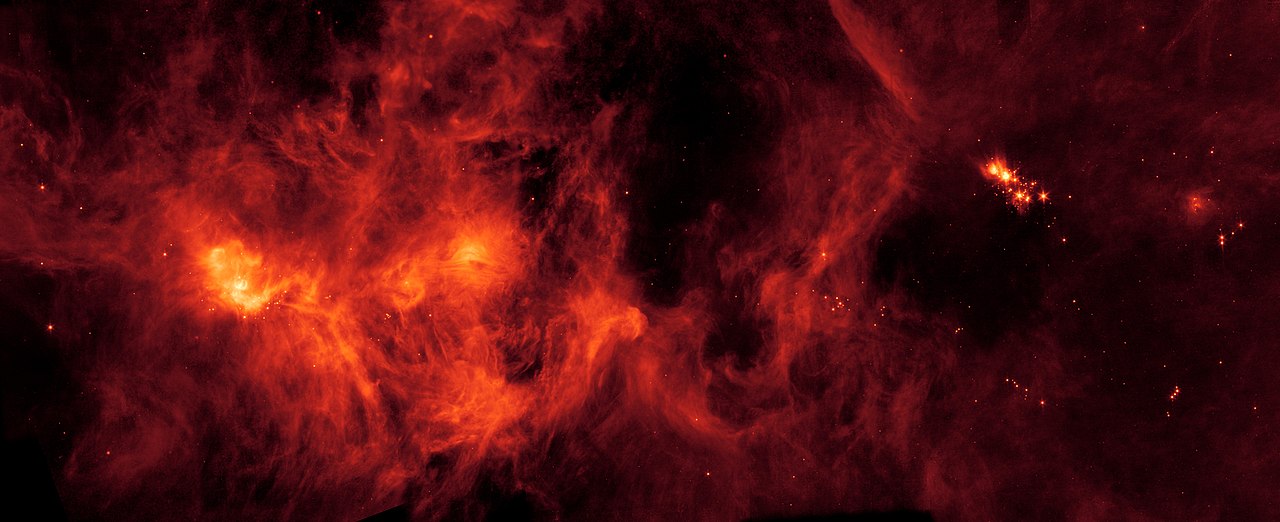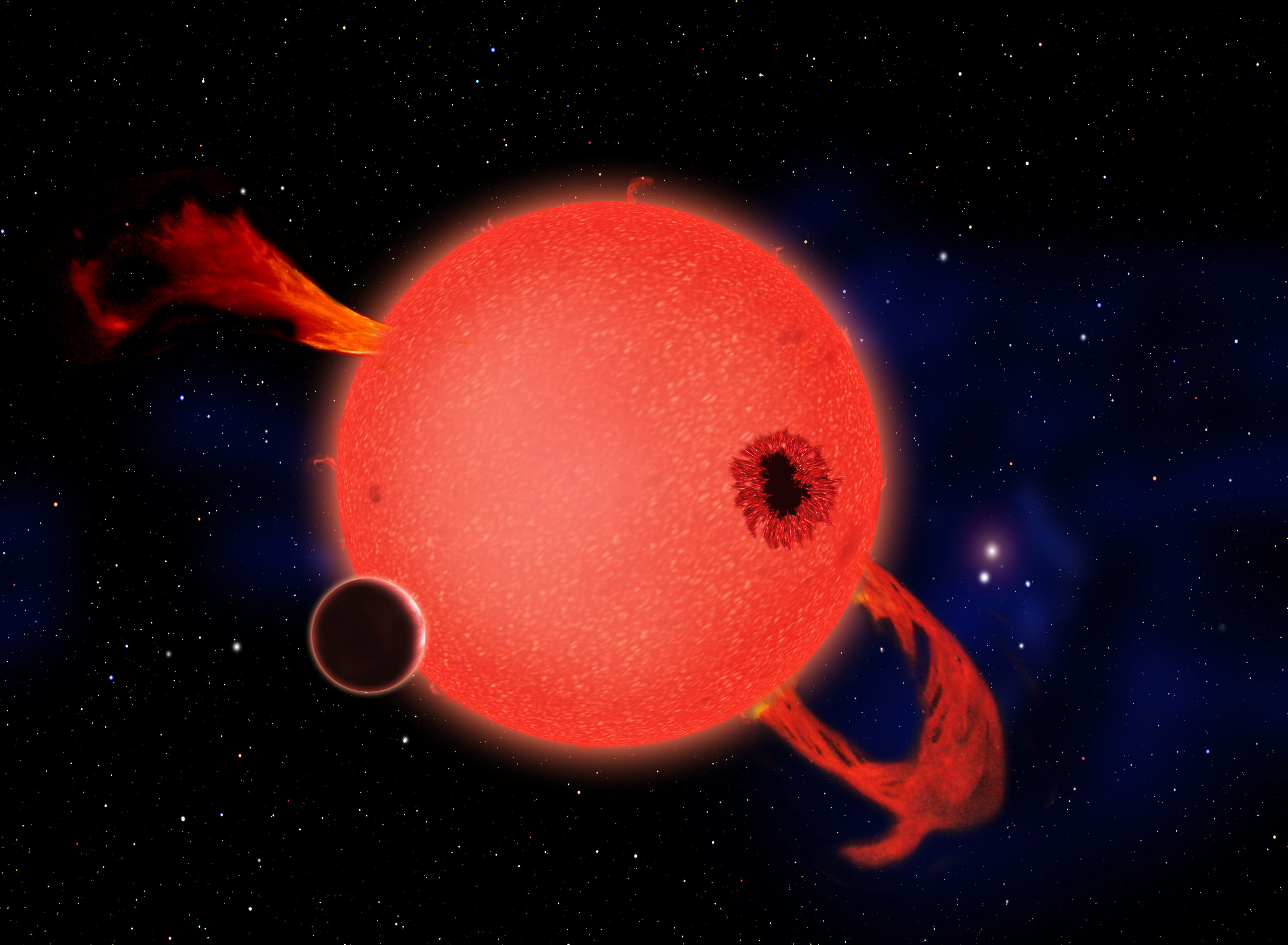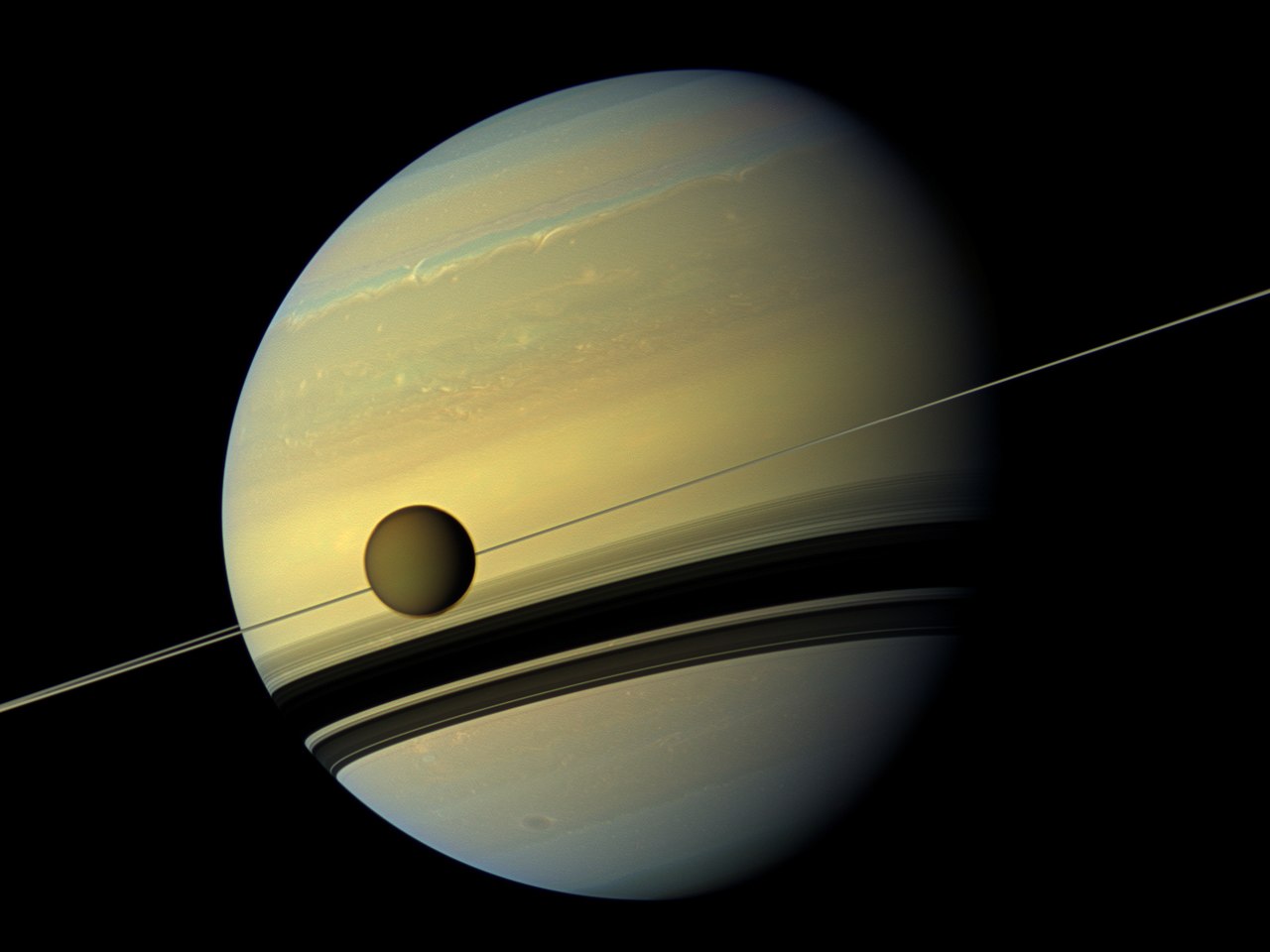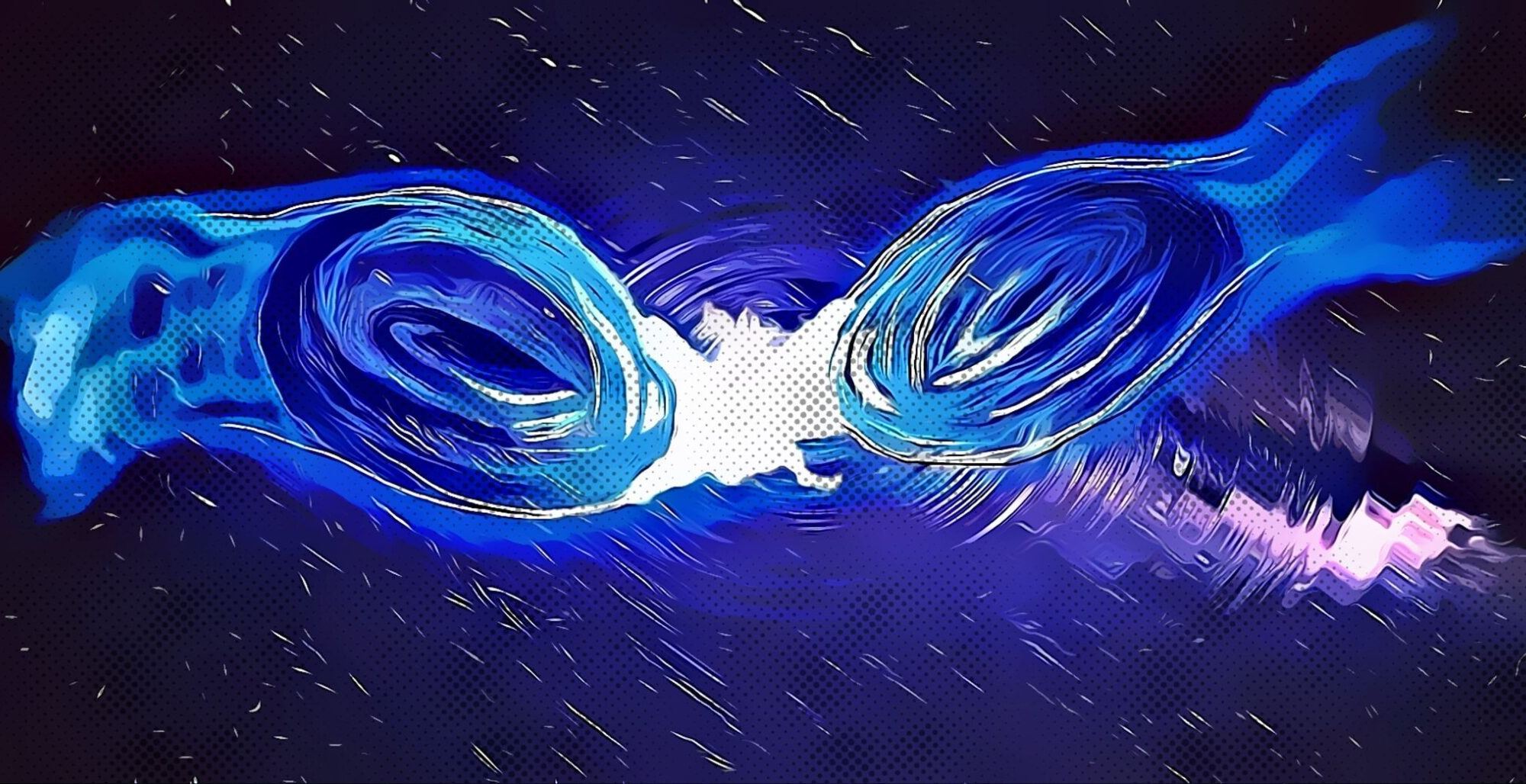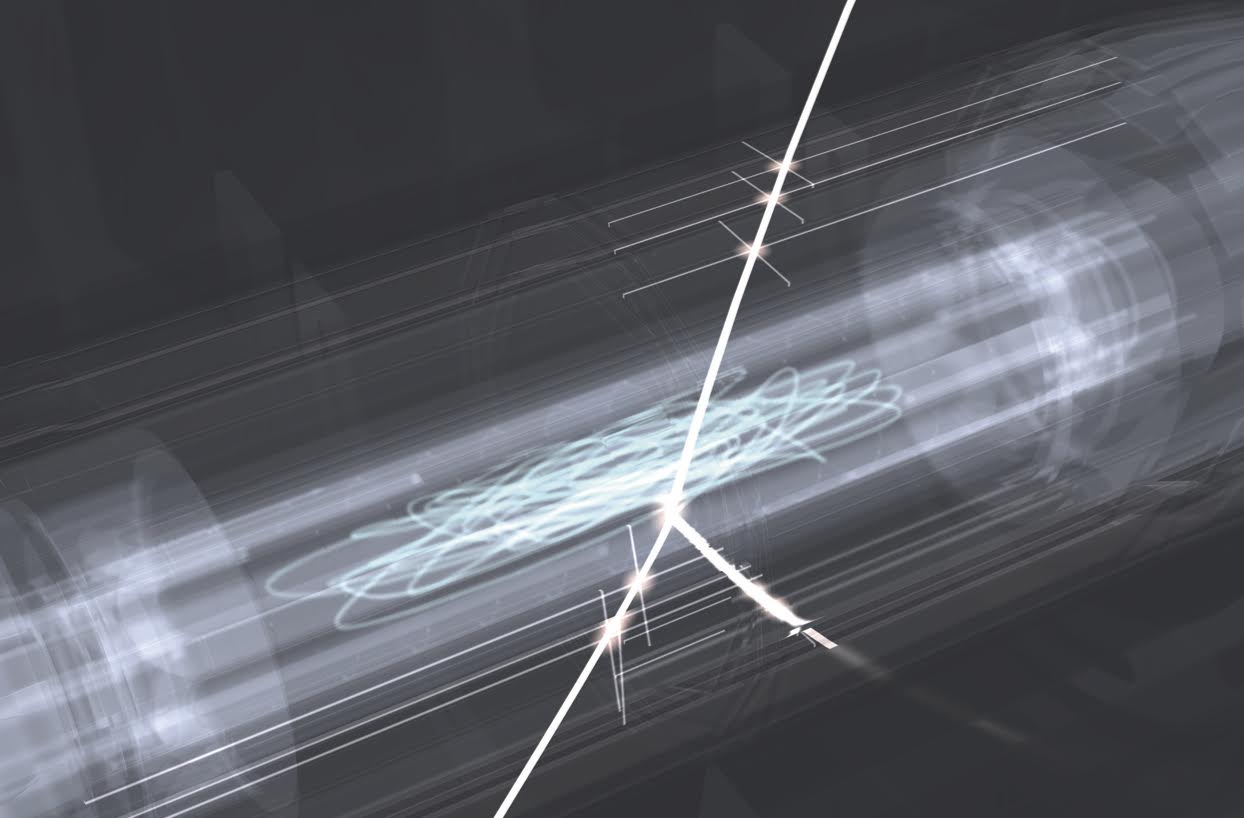Researchers have discovered an exciting new source of gravitational waves. They are the remnants left over from a supernova explosion, and they may just reveal the secrets to how those explosions work.
Continue reading “We Might Soon Detect the Gravitational Waves from Dying Stars”Why Didn’t the Big Bang Collapse in a Giant Black Hole?
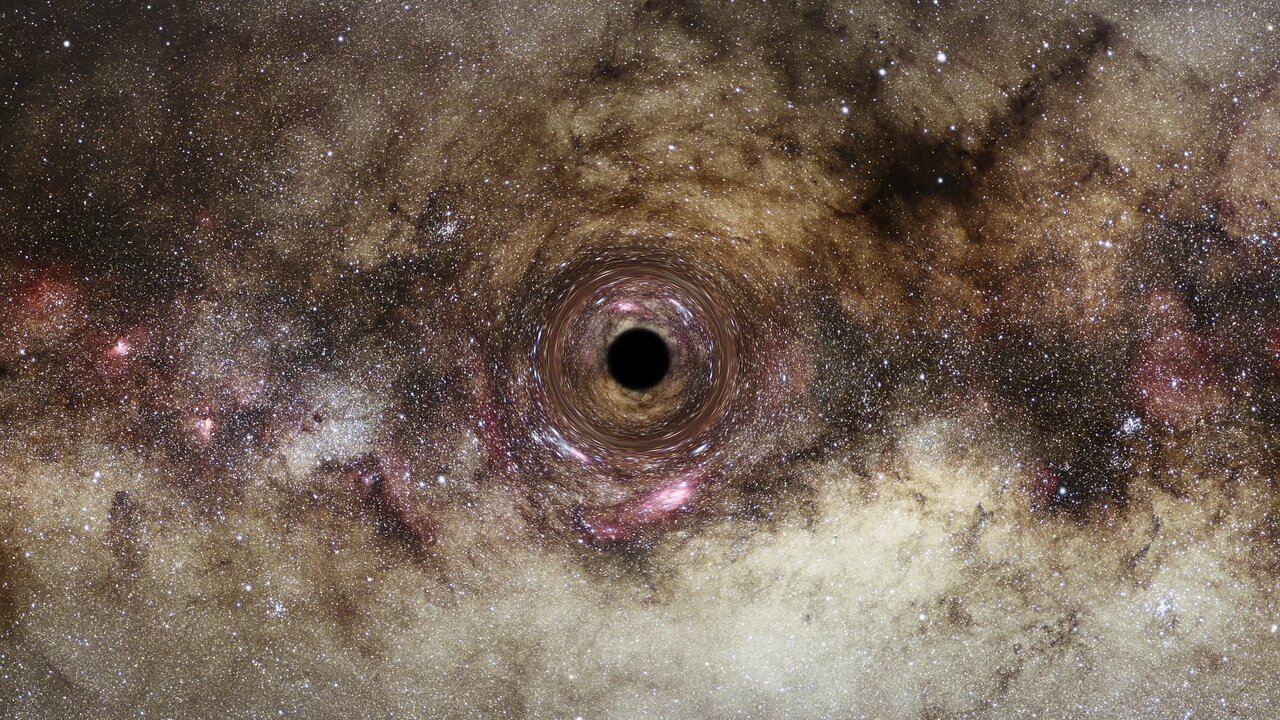
Despite the enormous densities, the early universe didn’t collapse into a black hole because, simply put, there was nothing to collapse into.
Continue reading “Why Didn’t the Big Bang Collapse in a Giant Black Hole?”A Brief History of the Discovery of Cosmic Voids

At first the sum total of large, orderly structure in the Universe appeared to arrive in two categories. There were the clusters of galaxies – an unoriginal but descriptive name – each a dense ball with anywhere from a few dozen to a few hundred galaxies, all bound together by their mutual gravitational embrace. And then there were the field galaxies, lonely wanderers set apart and adrift from the clusters, not bound to anyone but themselves. That was it: the clusters of galaxies, the field galaxies, and the megaparsecs of emptiness that enveloped them all.
Continue reading “A Brief History of the Discovery of Cosmic Voids”Fatty Acids Might Exist in Space
A team of physicists have discovered that the environment of a molecular cloud in interstellar space can support the existence of fatty acids, a key component of life on Earth.
Continue reading “Fatty Acids Might Exist in Space”Astronomers Prepare for the Next Thousand Years of Hazardous Asteroid Impacts
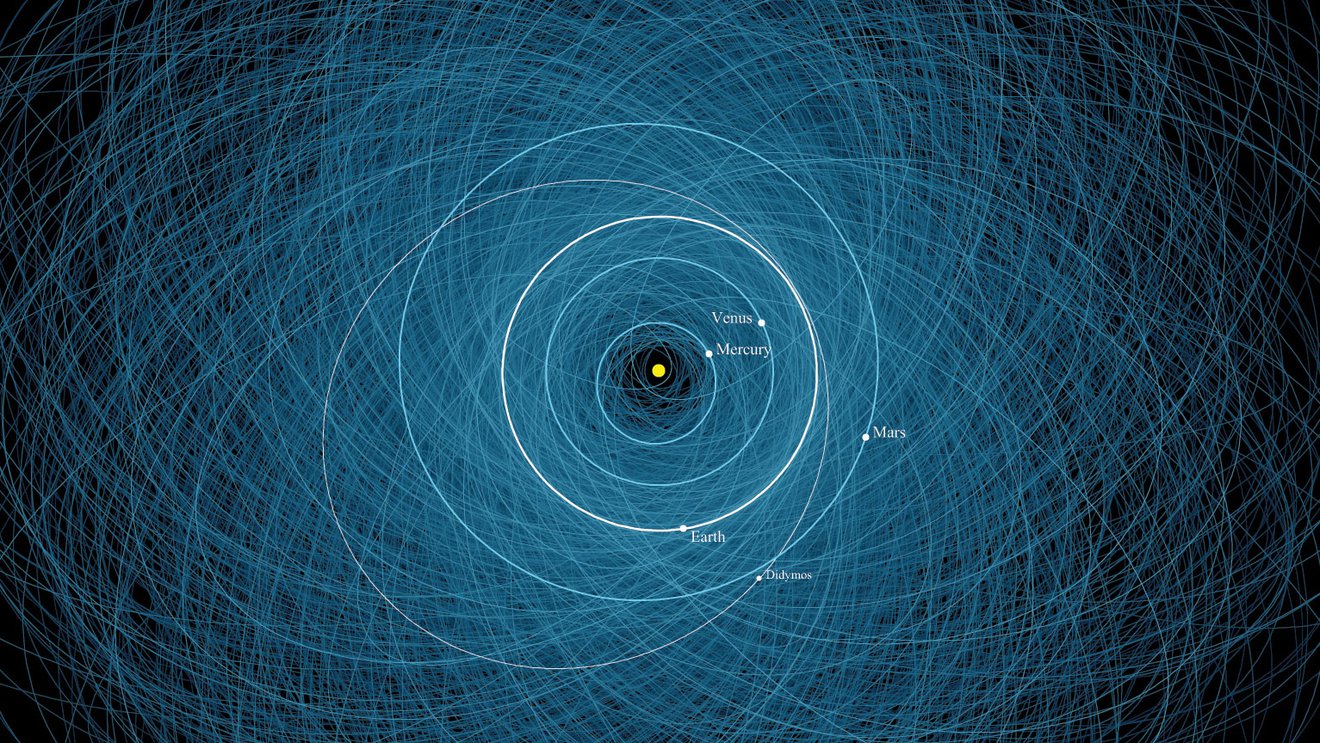
It is as inevitable as the rising of the Sun and the turning of the tides. Someday another large rock from space will crash into the Earth. It has happened for billions of years in the past and will continue to happen for billions of years into the future. So far humanity has been lucky, as we have not had to face such a catastrophic threat. But if we are to survive on this planet for the long term, we will have to come to terms with the reality of hazardous asteroids and prepare ourselves.
Continue reading “Astronomers Prepare for the Next Thousand Years of Hazardous Asteroid Impacts”Astronomers Find a “Red Nova”: A Main-Sequence Star Just Eating its Planet
Back in 2020 astronomers observed a Red Nova, which while enormously powerful, is on the low side of energetic events in the universe. Now an astronomer has studied the event in close detail and has come to the conclusion that we have just witnessed a star destroying its own planet.
Continue reading “Astronomers Find a “Red Nova”: A Main-Sequence Star Just Eating its Planet”What Cassini’s “Grand Finale” Taught Us About Saturn’s Interior
Six years ago the Cassini spacecraft, which had spent nearly two decades in orbit around Saturn, finished its mission with a grand finale, plunging itself into the depths of Saturn’s atmosphere. Those last few orbits and the final plunge revealed a wealth of information about Saturn’s interior. A team of astronomers have collected all of the available data and are now painting a portrait of the interior of the solar system’s second largest planet.
Continue reading “What Cassini’s “Grand Finale” Taught Us About Saturn’s Interior”Black Holes Might be Defects in Spacetime
A team of theoretical physicists have discovered a strange structure in space-time that to an outside observer would look exactly like a black hole, but upon closer inspection would be anything but: they would be defects in the very fabric of the universe.
Continue reading “Black Holes Might be Defects in Spacetime”This Star Might be Orbiting a Strange “Boson Star”
A team of astronomers has claimed that observations of a sun-like star orbiting a small black hole might actually be the indication of something far more exotic – the existence of a boson star, a star composed entirely of dark matter.
Continue reading “This Star Might be Orbiting a Strange “Boson Star””Dark Matter Can Make Dark Atoms
A team of theoretical astrophysicists have studied in detail a hypothetical form of dark matter that combines to form dark atoms. They found that the existence of dark atoms can drastically affect the evolution of galaxies.
Continue reading “Dark Matter Can Make Dark Atoms”
